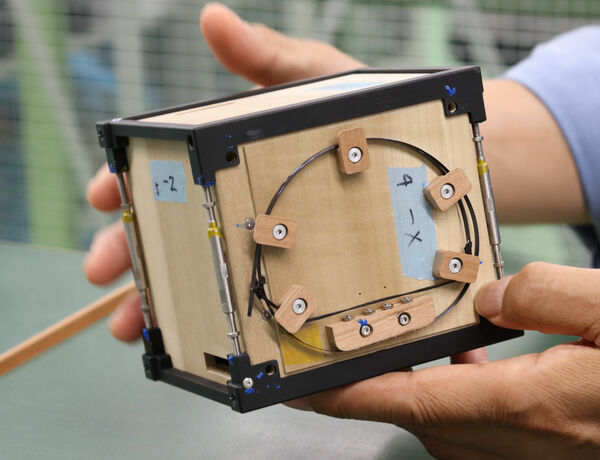Kyoto University and Sumitomo Forestry announced on May 28, 2024 that they have completed the world's first wooden satellite to be launched into space. The satellite is an ultra-small cube measuring 10 cm on each side, and the main body was assembled using traditional Japanese craft techniques. After launch, it is scheduled to be released into space around October, and durability will be verified, and the possibility of using wood in human space activities will be explored.

Kyoto University and others have been working on the creation of wooden satellites since 2020. This time, the components used were magnolia trees, which showed little deterioration in preliminary experiments on the International Space Station (ISS). The satellite weighs about 1.1 kg, and the main body was made of wood as much as possible. It is equipped with electronic circuits that communicate with the ground.

The plan is to deliver it to the Japan Aerospace Exploration Agency (JAXA) on June 4. It will be transported to the ISS on a SpaceX rocket in September and released into space around October. It will orbit at an altitude of about 400 km above the ground, and transmit data such as the expansion and contraction of the wood and changes in the temperature inside to the ground.
It is expected to finish its operations in about six months. After that it will burn up in the atmosphere, which has the advantage of producing almost no waste, unlike metal satellites.
On this day, astronaut Doi Takao, a professor at Kyoto University in charge of the project, and others held a press conference at Kyoto University's Yoshida Campus (Sakyo Ward, Kyoto City), where Doi said, "When humans expand their space activities in the future, it will be essential to use familiar wood for housing and other purposes. We would like to demonstrate that wood can be used in space."






























